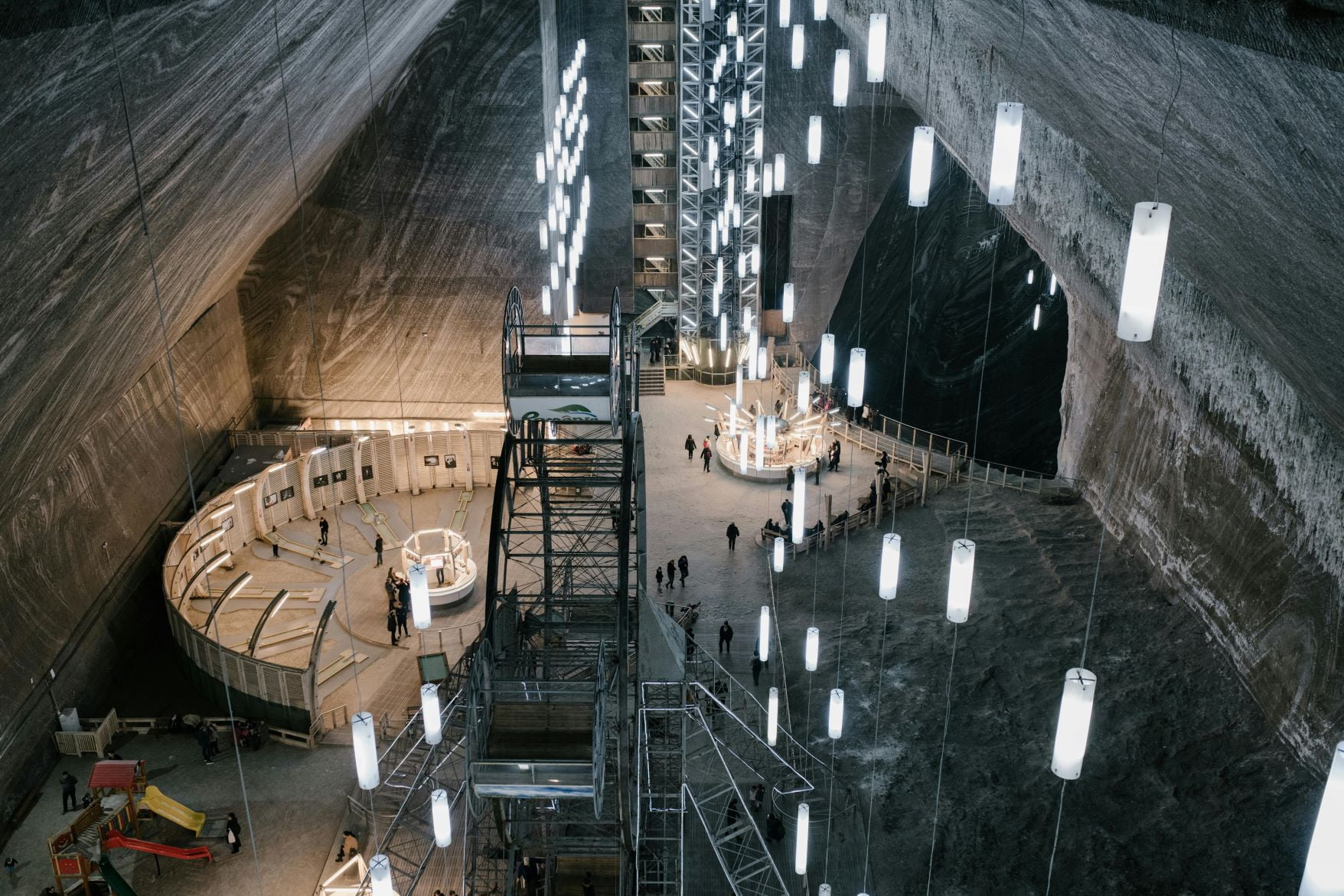The mining industry is a foundation of modern civilization, providing the raw materials that fuel our economy, drive technological advancements, and support infrastructure development. From the iron ore used in skyscrapers to the rare earth elements powering our smartphones, mining touches virtually every aspect of our lives. The mining sector is often covered in mystery and misconceptions despite its critical importance.
This article will outline 10 facts about the mining industry.
- China is the largest investor in mining industry
- Glencore is ranked as the number one mining company
- Global mining sales are expected to reach $2276.8 billion in 2024
- Asteroid mining is gathering attention worldwide
- Mining is prohibited in Antarctica
- India has one of the largest coal reserves in the world
- Mining museums and tourism are attracting global attention
- Mining with Industry 4.0
- Ngwenya Mine is the oldest active mine in the world
China is the largest investor in mining industry
China is the largest investor in the mining industry globally. Over the past few decades, it has increased its investments in mining operations both domestically and internationally. This investment is driven by China’s need to secure a stable supply of essential minerals and raw materials to support its rapid industrial growth and manufacturing sector.
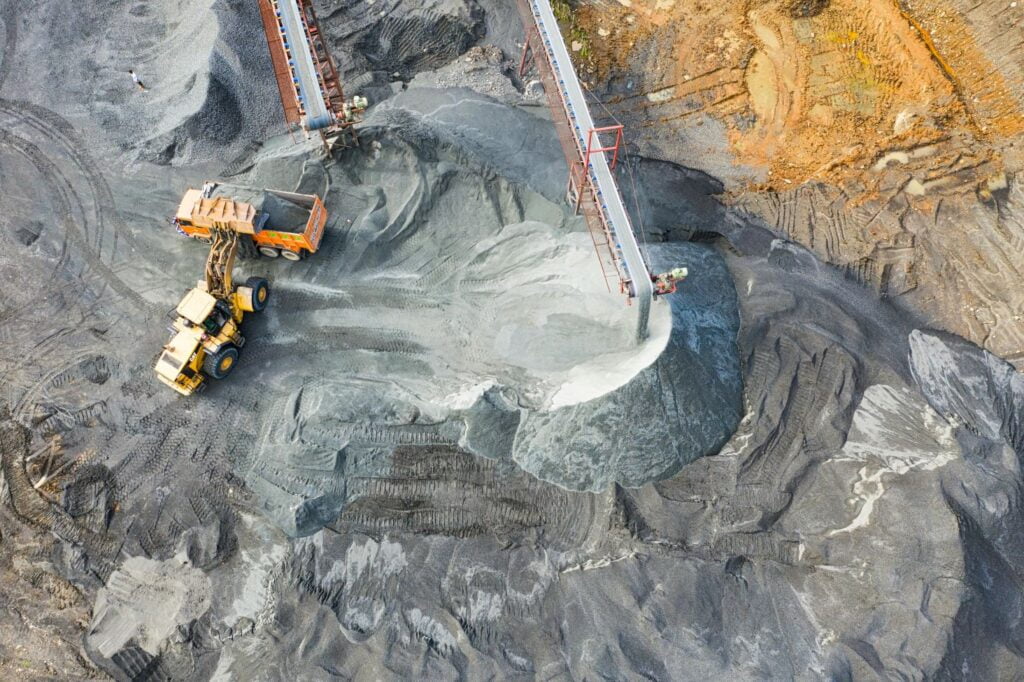
Domestic Production
China is a leading producer of rare earth elements, coal, gold, and iron ore. The country has heavily invested in modernizing and expanding its domestic mining operations to meet internal demand.
Global Investments
Chinese companies have invested in mining projects, particularly in Africa, Latin America, and Australia. These include ownership stakes in mining companies, joint ventures, and financing of mining infrastructure.
Strategic Acquisitions
Chinese state-owned enterprises (SOEs) and private companies have strategically acquired mining assets and companies abroad to secure long-term supply chains for minerals such as copper, cobalt, lithium, and nickel, which are essential for high-tech industries and renewable energy technologies.
Belt and Road Initiative (BRI)
Under the BRI, China has extended its reach by financing mining projects in participating countries, enhancing its impact on global mineral resources and supply chains.
China’s extensive investments in the mining industry highlight its strategic approach to securing the raw materials for sustaining its economic growth and technological advancements.
Glencore is ranked as the number one mining company
Glencore, headquartered in Switzerland is one of the largest mining companies in the world. Its revenue in 2023 exceeded $215 billion, making it the largest mining company by revenue. This figure includes its mining and trading operations, as it is also a major player in commodities trading. It operates in around 35 countries and has a diversified portfolio of mining assets, including copper, cobalt, zinc, nickel, and coal. It is also involved in oil production and agricultural products.
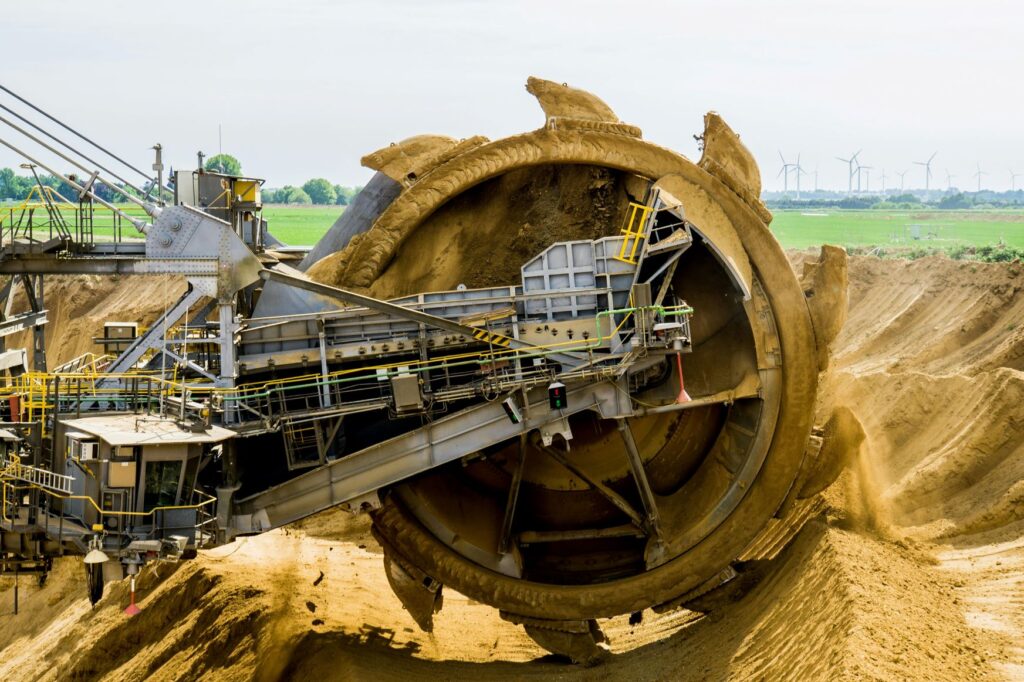
Glencore is consistently ranked at the top of various industry lists, including those by Forbes Global 2000, Fortune Global 500, and other financial publications.
Global mining sales are expected to reach $2276.8 billion in 2024
The total revenue generated by the global mining industry from the sale of minerals, metals, and other mining products is projected to reach $2276.8 billion in 2024.
Several factors contribute to this projection including commodity prices, global economic conditions, technological advancements, and supply chain conditions.
Asteroid mining is gathering attention worldwide
Mining in space, often referred to as asteroid mining involves extracting valuable minerals, metals, and other resources from asteroids, comets, and other celestial bodies. While still in science fiction, there has been growing interest and research into the feasibility of mining in space due to the advancement of space technology.
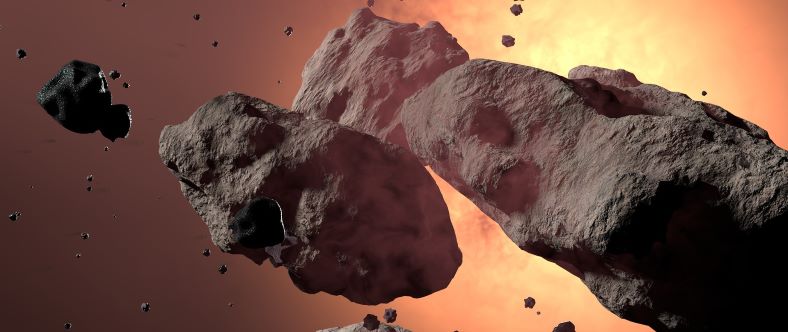
Asteroids contain various valuable resources, including platinum, gold, nickel, and rare earth elements. Some asteroids are estimated to contain metals worth trillions of dollars. Mining in space could meet the growing demand for resources while reducing the environmental impact of mining on Earth.
Several private companies, such as Planetary Resources (now part of ConsenSys Space) and Deep Space Industries, have expressed interest in asteroid mining and have conducted research and development in this area. These companies see asteroid mining as a potentially lucrative business opportunity. NASA and other space agencies have conducted studies and experiments to explore the feasibility of asteroid mining. These efforts include developing technologies for asteroid prospecting, robotic mining, and in-situ resource utilization (ISRU).
Mining is prohibited in Antarctica
Mining in Antarctica is prohibited under the Protocol on Environmental Protection to the Antarctic Treaty. The Protocol bans all mineral mining, except for scientific research purposes.
However, prior to the Protocol’s adoption in 1991, there were some exploration activities for minerals in Antarctica. It is believed to have mineral resources, including coal, iron ore, copper, gold, and platinum group metals. However, the extent and economic viability of these resources remain unknown due to limited exploration. Mining in Antarctica poses environmental challenges due to the continent’s extreme cold, isolation, and clean environment.
There have been discussions and proposals to allow mineral mining in Antarctica, particularly as global demand for resources continues to grow. However, any changes to the legal framework would require consensus among Antarctic Treaty member countries.
India has one of the largest coal reserves in the world
Coal is a crucial natural resource in India, serving as the primary energy source for power generation, industrial development, and cooking fuel for millions of households. It has around 319 billion metric tons. The country’s coal reserves are in Jharkhand, Odisha, Chhattisgarh, West Bengal, and Madhya Pradesh.
India occupies the second position in producing coal, after China. The country produced approximately 777 million metric tons of coal in 2020, accounting for about 7% of global coal production. CIL (Coal India Limited) is one of the largest coal-producing companies in the world and operates a vast network of mines across the country.
Despite being a major coal producer, India also imports coal to meet its growing energy needs. The country imported around 175 million metric tons of coal in 2020, primarily from Indonesia, Australia, South Africa, and the United States.
Mining museums and tourism are attracting global attention
Mining museums and tourism offer insights into the history, technology, and cultural impact of mining. These are dedicated to preserving the history and heritage of mining. They often showcase artifacts, equipment, and exhibits related to mining. Some famous mining museums are the National Coal Mining Museum of England, the Western Museum of Mining & Industry in the United States, and the Mining Museum in Germany.
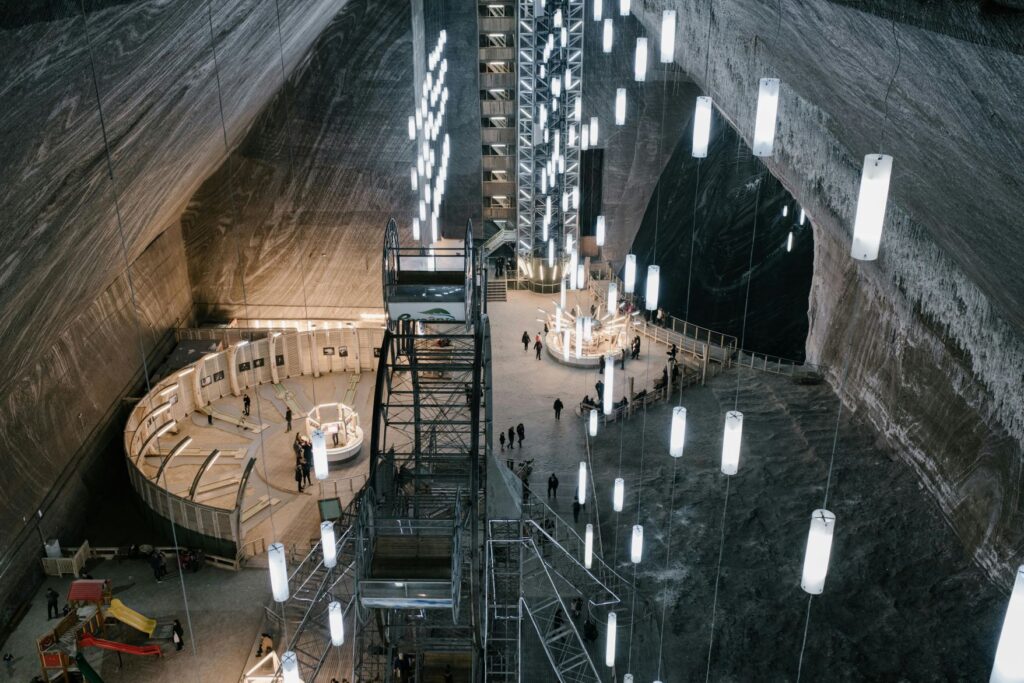
Mining tourism involves visiting active or historic mining sites to learn about the industry and its impact. Many former mines have been repurposed as tourist attractions, offering underground tours, exhibits, and activities. It can help preserve mining heritage, educate the public about mining practices, and contribute to local economies.
The National Coal Mining Museum for England attracts over 100,000 visitors annually and contributes to the local economy through tourism spending. Similarly, the Western Museum of Mining & Industry in the United States hosts thousands of visitors every year and offers educational programs for schools and community groups.
Mining with Industry 4.0
Mining industry is integrating with digital technologies such as IoT, AI, Robotics, etc. This includes autonomous vehicles for hauling and drilling, as well as robotic systems for maintenance and inspection tasks. These technologies improve efficiency, safety, and productivity in mining operations.
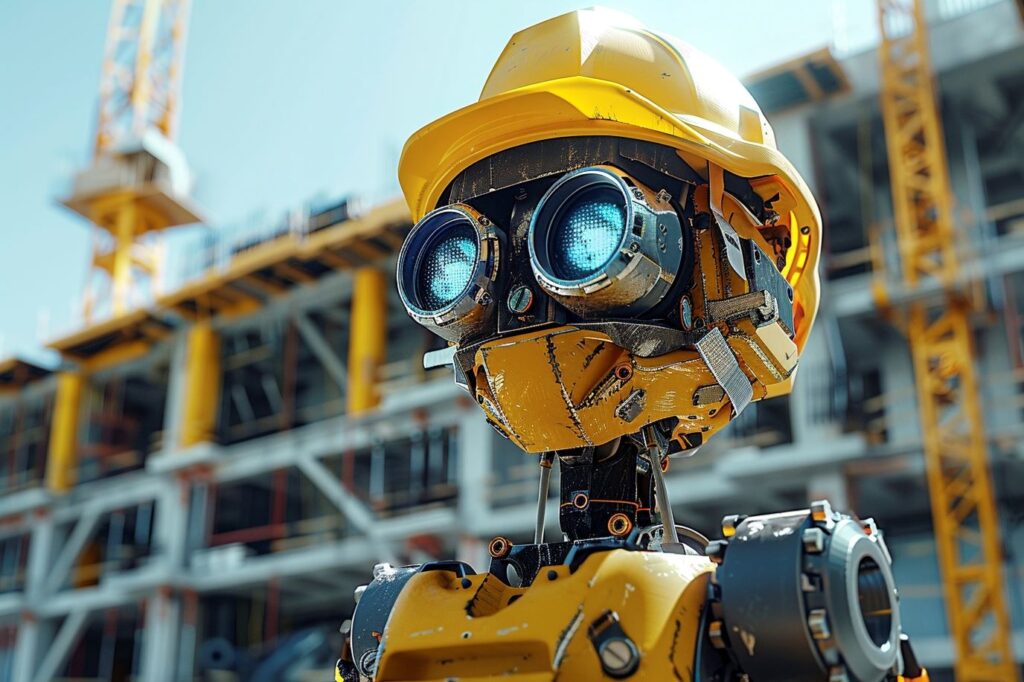
IoT can collect real-time data on equipment performance, environmental conditions, and worker safety, allowing for better decision-making and optimization of operations. AI is used in mining for various applications, such as ore sorting, predictive maintenance, and autonomous drilling. Digital twin technology creates a virtual replica of a physical asset, such as a mine or equipment. This allows mining industries to simulate and optimize operations, predict maintenance needs, and improve overall performance.
Industry 4.0 technologies are also helping mining companies improve their sustainability practices. By optimizing processes and reducing waste, mining operations can minimize their environmental impact and improve their social license to operate.
Many mining companies such as Rio Tinto, BHP, Vale, Anglo American, and Glencore are adopting Industry 4.0 technologies to improve their operations.
Ngwenya Mine is the oldest active mine in the world
The Ngwenya Mine in Eswatini (formerly known as Swaziland) is the oldest mines in the world that is still active. It dates back to around 43,000 BCE, making it one of the oldest mines in the world. It is known for its deposits of hematite iron ore, which was mined for use as red ochre, a pigment used in ritual and decoration by early humans.
Early mining at Ngwenya was done using simple tools such as picks and hammers, with the ore extracted from surface outcrops. Later, more sophisticated methods such as pit mining and underground mining were employed. It is believed to have been one of the earliest examples of organized mining and industrial activity in the world, providing valuable insight into the development of early human societies.
It is no longer a major commercial operation, it is still active on a smaller scale. The mine is now primarily a tourist attraction, with visitors able to explore the ancient mining sites and learn about the history of mining in the region.
